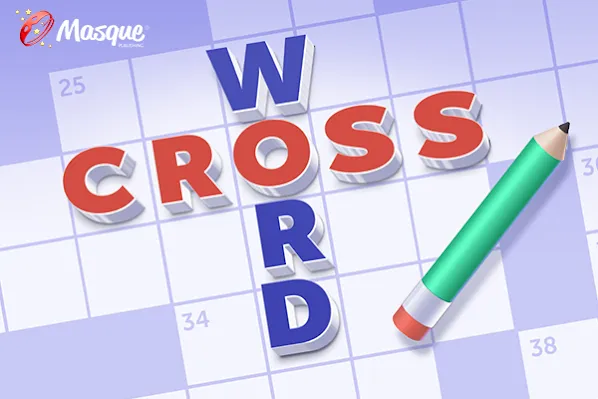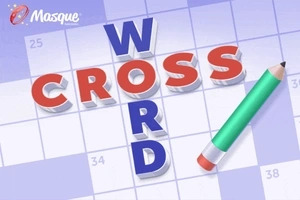Sundance 2019 Critic’s Notebook: How This Year’s Festival Played It Safe

On the opening day of the Sundance Film Festival, programmers were asked at a press conference to characterize the lineup with a single word. They responded with vague descriptors like “fearless,” “emboldened,” “provocative,” “unflinching,” “real,” and “optimistic.” But magnet poetry can only go so far in assessing the quality of a program that’s always at the mercy of many different audiences: Distributors arrive eager to open their pocketbooks, critics comb through the lineup for quality, and ticket-paying audiences just want to go home happy. The one word that epitomizes the true character of this year’s Sundance lineup was its key to satisfying all three of those contingencies: “Safe.”
In Kim Yutani’s first year as director of programming under Sundance director John Cooper, the program took few big swings that could anger and excite audiences in equal measure. There were few reports of walkouts, and not many movies that proved divisive. The art of programming is a delicate process, at once at the mercy of the available movies and the competing standards of artistic and commercial influence. In that essential context, this was a solid Sundance, notable for its foregrounding of diverse voices and filled with plenty of movies worth writing home about — but little that pushed the boundaries of the medium, or took big risks.
Related stories
Sundance 2019: The 13 Best Movies of This Year's Festival
Sundance: 'Clemency' Filmmaker Chinonye Chukwu Is First Black Woman to Win Biggest Prize
At Sundance 2019, Next Year's Oscar Prospects Lie in the Documentaries
Read More:The IndieWire Sundance 2019 Bible: Every Review, Interview, and News Item Posted During the Festival
The highlights of the U.S. Dramatic Competition, Lulu Wang’s “The Farewell” (an emotional family drama) and Joe Talbot’s “The Last Black Man in San Francisco” (an exuberant buddy movie about gentrification), were pretty much beloved by everyone. Wang’s understated fictionalization of her family’s attempt to keep her grandmother in the dark about her terminal illness gave Awkwafina her first great leading role right on schedule, while Talbot’s euphoric love letter to the Bay Area has all the soulfulness and depth one might expect from that wistful title.
There were a few darker movies that put racial dysfunction in their crosshairs: The well-acted play adaptation “Luce” was appreciated for its nuanced look at race and class, and “Native Son” turned some heads for its controversial subject matter, but no more than its source material has for eight decades. The mature and involving drama “Clemency” probed the nature of the death penalty with an astounding Alfre Woodard in her greatest performance as a conflicted prison warden. Other competition entries were either met with shrugs (“Big Time Adolescence,” an agreeable coming-age-story) or disappointment. In a year of decent selections, nothing in the competition took the giant stylistic leaps of “Beasts of the Southern Wild” or reflected the bold maneuverings of programmers willing to tick off some people (the walkouts for Rick Alverson’s “The Comedy” remain a fond Sundance memory for this Alverson fan).
While a four-hour Michael Jackson sexual assault documentary generated backlash from the late singer’s family, at Sundance it was seen as a probing expose but not a rulebreaker. A few other documentaries, like “Cold Case Hammarskjold” and “Knock Down the House,” contained the prospects of piercing the news cycle, but hardly seemed revelatory once they screened.
The NEXT section, where occasional shocking weirdness slips in, instead felt more like a platform for emerging voices one might find at New Directors/New Films. The tonally complex ensemble piece “Give Me Liberty,” which unfolds over the course of a single hectic day in Minneapolis, wears out its welcome but establishes writer-director Kirill MIkhanovsky as a major talent, as the movie encompasses the experiences of bitter Russian immigrants finding common ground with an African-American woman who has polio. Daniel Scheinert’s “The Death of Dick Long” combined the mold of a dark crime-gone-wrong comedy with a bizarre twist, but it didn’t generate nearly the same volume of shock and curiosity that met “Swiss Army Man,” which he co-directed, in 2016.
The most adventurous movie in the sidebar, “The Infiltrators,” explored the efforts of Dreamer activists who go undercover at a detention facility to get their peers out. Blending documentary and fictional sequences, it’s an unclassifiable form of cinematic activism — but probably would have stood out more at the festival in the documentary section, which rarely takes a gamble on outside-the-box approaches.
Nevertheless, as a launchpad for non-fiction storytelling, Sundance’s U.S. Documentary Competition delivered the goods. Both “American Factory,” which finds a Chinese billionaire developing a troubled factory in Ohio, and “One Child Nation,” which explores the demons of China’s defunct one-family family policy, put the Eastern would-be superpower under the microscope sharp intrigued that “The Farewell” combined with warmth and humor. Viewed collectively, these three highlights point to a broader tendency for Sundance to see itself as a platform for global storytelling, particularly as it pertains to the evolving identity of the Western world. The World Cinema Dramatic competition complemented this shift with strong entries about countries rife with identity crises of their own, especially the thrilling guerrilla warfare drama “Monos” and Brazilian filmmaker Gabriele Mascaro’s “Divine Love,” a futuristic look at divorce and family life under religious standards.
Meanwhile, the big sales at the festival spoke to broader themes, as well as the market’s aspirations: The first four movies to score with buyers were directed by women of color (“The Farewell,” “Blinded By the Light,” “Late Night,” and “Hala”). The movie that commanded the largest sum was no surprise. Gurinder Chadha’s “Blinded By the Light” combines the underrepresented plight of a Pakistani immigrant in the U.K. with the inspiring music of Bruce Springsteen, who gave his blessing to the project and ensured its commercial success (New Line, $15 million). Tossing animated Springsteen lyrics onto the screen as its energized teen (Viveik Kalra) gains confidence about the world, “Blinded By the Light” is essentially a jukebox musical ready-made for Broadway and a sharp refashioning of Springsteen’s working-class brand in global terms; it’s also occasionally a cloying, overly stylized coming-of-age dramedy, the sort that usually sells big at Sundance. It could be worse.
Among the movies that Amazon nabbed for big pricetags, “Late Night” stands out for epitomizing the climate surrounding diversification in the media. Mindy Kaling’s first screenplay stars the comedian as a diversity hire at a flailing talk show whose host (a divine and acerbic Emma Thompson) is stuck in the past. While filled with shrewd observations about covert racism in entertainment, the movie struggles with clunky direction and a bloated seriocomic plot unapologetically cribbed from “The Devil Wears Prada.” And its relevance to today’s climate is questionable, given that the celebrity at its center — a sharp-tounged, well-spoken woman who has been a staple of late-night television comedy for decades — doesn’t exist. As a result, “Late Night” is essentially a fantasy about real-world problems, and easy viewing that makes conversations around diversity palatable for a mass audience. Bound to generate widespread conversations about antiquated male-dominated writers rooms, it deserves to be a huge hit.
All of these movies created the perception of a festival keen on remaining a sturdy platform for certain kinds of movies, and helping them find a foothold at the start of the start of the year. Robert Redford started the 2019 festival by stepping away from its opening press conference after a short introduction, and the ensuing lineup suggested that Sundance can stand on its own without him.
But it also raised some questions about the value of keeping all audiences happy. Just because Sundance won’t showcase movies with the potential to piss people off doesn’t mean they don’t deserve to be seen. At this troubled, fractured moment in American culture, Sundance was bookended by a government shutdown and a high-profile homophobic, racially charged attack on a famous actor. Challenging times call for incendiary art. Are filmmakers simply playing it safe — or will other festival programs, from Berlin to SXSW to Cannes, tell a different story? The answer to that question lies in the months ahead.
Launch Gallery: IndieWire at Sundance: Who's Stopped by Our Studio
Solve the daily Crossword

